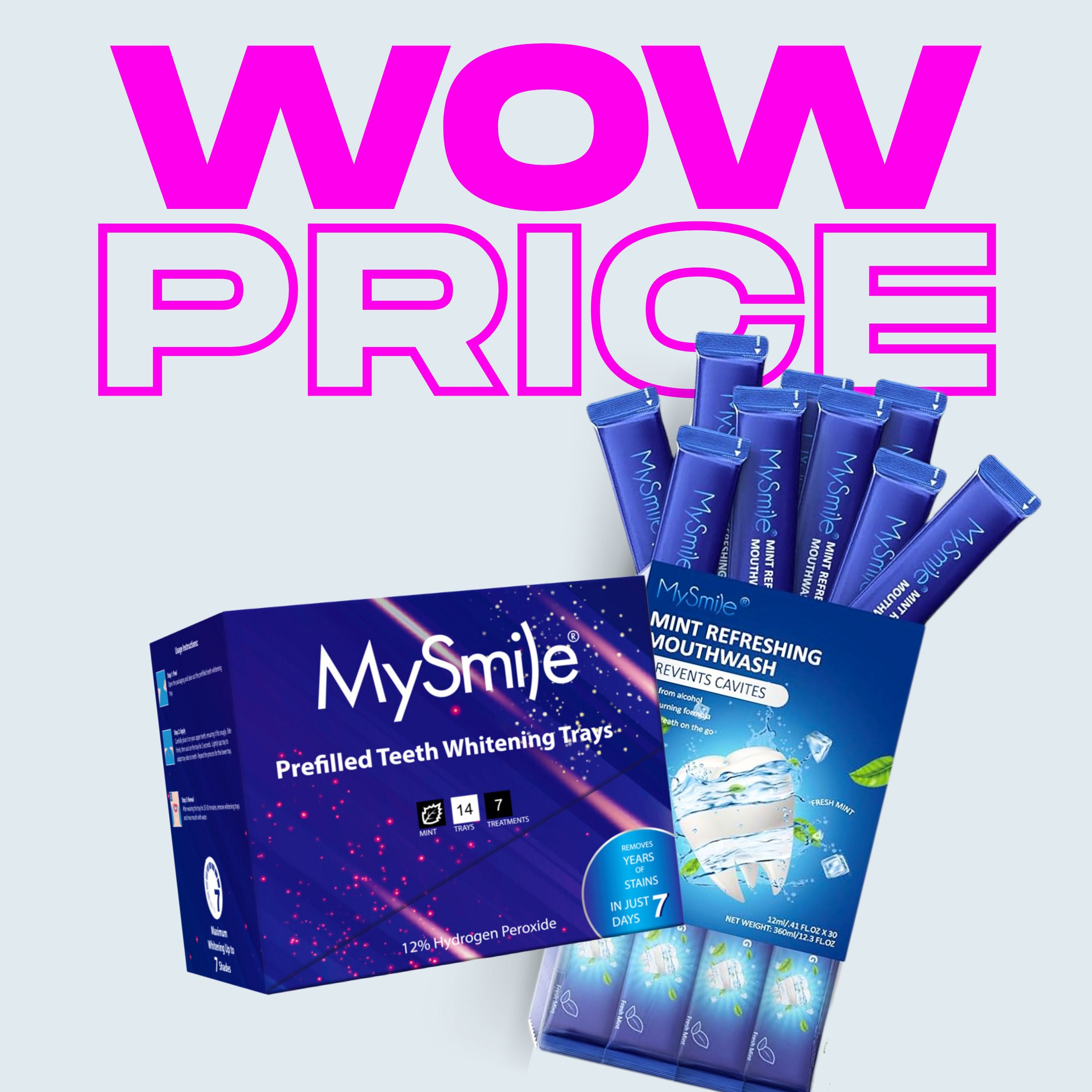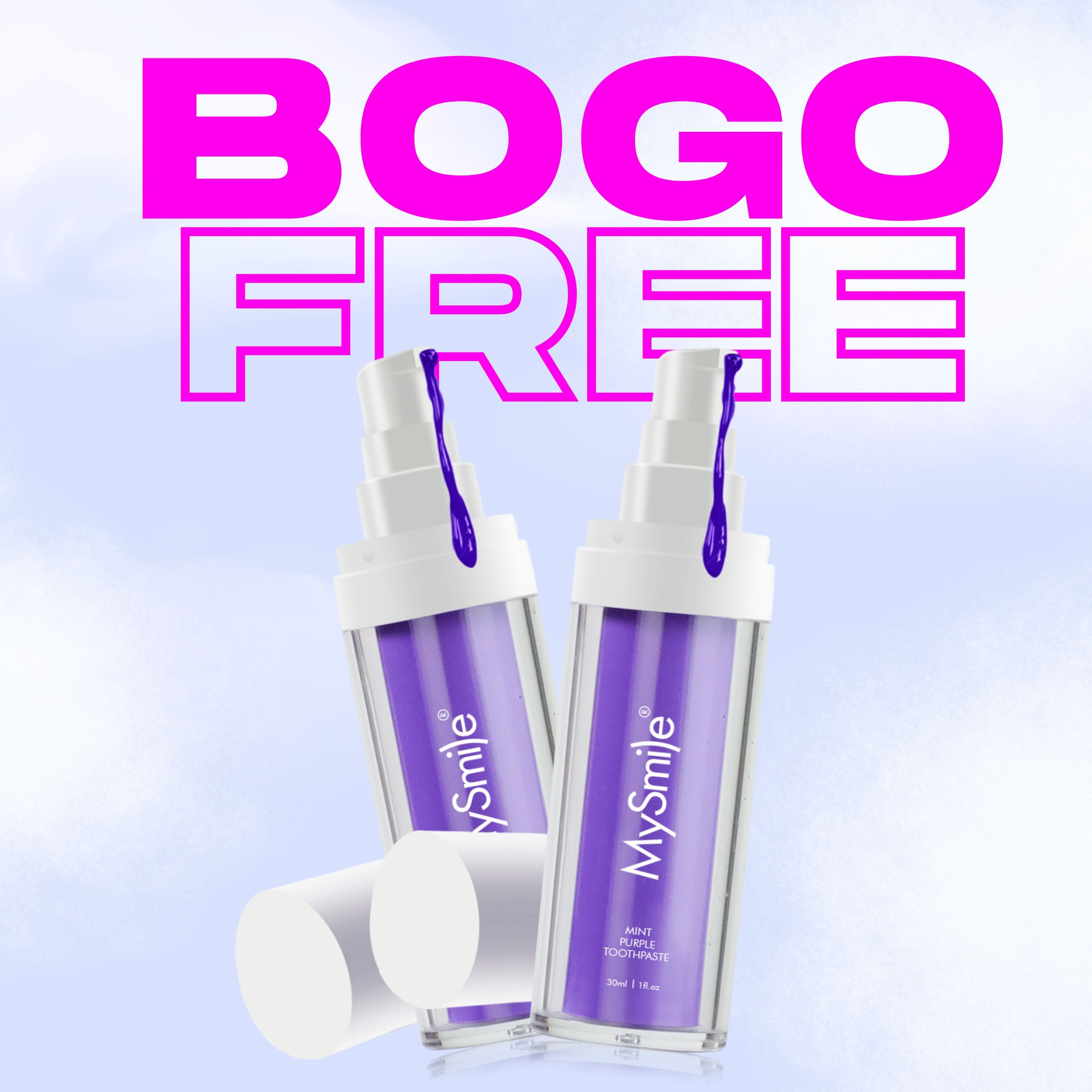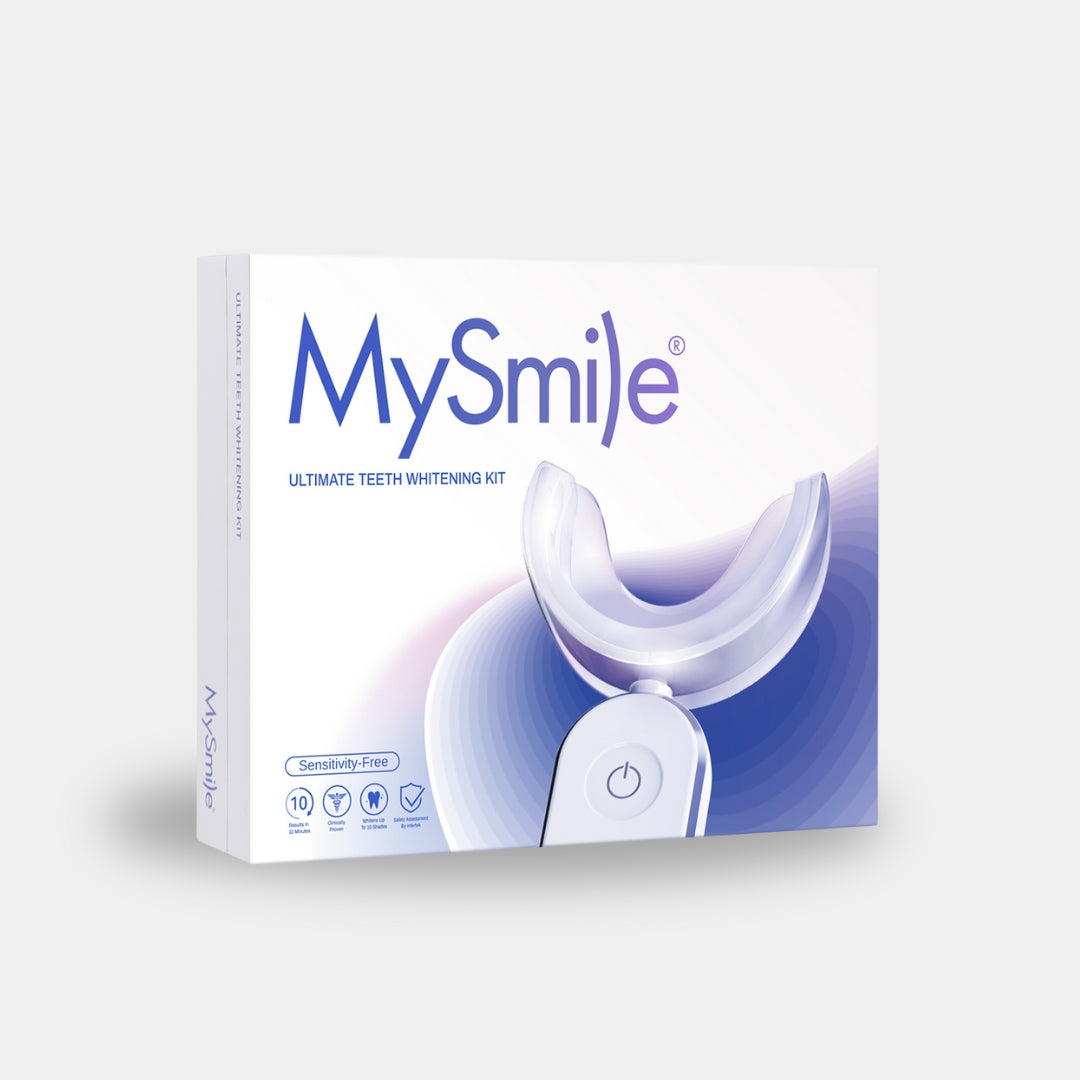Toothpaste is a staple in everyone's daily oral hygiene routine. Not only does it freshen our breath and keep our teeth clean, but it also comes in different colors and flavors to make brushing more enjoyable. One of the most popular toothpaste colors is purple. But have you ever wondered why MySmile Purple Toothpaste is so popular? And what makes it different from other toothpaste colors? In this blog post, we will dive into the science behind MySmile Purple Toothpaste and explore its ingredients and benefits.
The History of Toothpaste Colors
The color of toothpaste wasn't always a focal point of design. In fact, in its earliest iterations, toothpaste was a simple white paste, devoid of the vibrant hues we see on store shelves today. The evolution of toothpaste colors is intricately tied to the progress of marketing strategies and consumer preferences.
In the mid-20th century, toothpaste manufacturers began to experiment with colors to make their products more appealing. It was a time of big change and bright colors, and toothpaste was no exception. The first colored toothpastes were usually red or green, a nod to the popular mint and cinnamon flavors.
As marketing techniques became more sophisticated, manufacturers started to use colors to differentiate their products. They discovered that colors like purple could make toothpaste look more appealing and even influence the perception of its taste. The use of color in toothpaste became a crucial element of branding, with different companies associating their products with specific colors.
The choice of purple for toothpaste was not accidental. It's a color often associated with luxury and sophistication, and it stands out on the shelf. From a marketing perspective, MySmile Purple Toothpaste can signal premium quality and unique flavor profiles. Thus began the era of MySmile Purple Toothpaste, a trend that continues to gain popularity today.
What Makes Toothpaste Purple?
Before we delve into the science behind MySmile Purple Toothpaste, let's first understand how colors are formed. All colors come from combinations of three primary colors: red, yellow, and blue. When equal amounts of these three primary colors are mixed, they create secondary colors like purple.
Now that we know how colors are formed let's uncover why toothpaste manufacturers choose to make their products purple. The answer lies in the ingredients used in toothpaste.
Ingredients in MySmile Purple Toothpaste
The main ingredient that gives toothpaste its color is called pigment. Pigments are natural or synthetic substances that give products their color. In MySmile Purple Toothpaste, the pigments used are typically a mix of red and blue dyes.
But it's not just about the color; toothpaste also has other ingredients that make it effective in maintaining good oral health. Here are some of the common ingredients found in MySmile Purple Toothpaste:
- Fluoride: This is the most crucial ingredient in toothpaste. It helps prevent tooth decay and strengthens enamel.
- Abrasives: These are small particles that help scrub away plaque and stains from our teeth.
- Surfactants: These ingredients create foam, which helps dislodge food particles and bacteria from our teeth.
- Flavoring agents: Toothpaste doesn't always have the most pleasant taste, but flavoring agents like mint or fruity flavors can make it more tolerable.
- Preservatives: To prevent bacteria from growing in toothpaste, preservatives are added to prolong its shelf life
Benefits of Using MySmile Purple Toothpaste
Now that we know what goes into making MySmile Purple Toothpaste let's explore its benefits. Beyond just being a fun color, MySmile Purple Toothpaste offers several advantages for our oral health. Here are some of them:
- Anti-inflammatory properties: The blue pigment in MySmile Purple Toothpaste has anti-inflammatory properties that can help soothe gum inflammation and prevent gingivitis.
- Whitening effects: Thanks to the red dye, MySmile Purple Toothpaste can help brighten your teeth and remove stains caused by coffee, tea, or smoking.
- Fluoride protection: As mentioned earlier, fluoride is a crucial ingredient in toothpaste. With MySmile Purple Toothpaste, you get all the benefits of fluoride while also enjoying its fun color.
- Prevents plaque buildup: The abrasive particles in toothpaste help remove plaque and prevent it from building up on your teeth, leading to better oral health overall.
Potential Drawbacks of MySmile Purple Toothpaste
While MySmile Purple Toothpaste offers several benefits, it also has some potential drawbacks to be aware of. Firstly, the colorful appearance of MySmile Purple Toothpaste might lead users, especially children, to use more than the recommended pea-sized amount, which could lead to overexposure to fluoride. Fluoride, while beneficial in appropriate doses, can cause fluorosis when consumed excessively, resulting in white spots on the teeth.
Secondly, some people may be allergic to the dyes used to color the toothpaste, resulting in irritation or other adverse reactions. It's essential to read the ingredients list carefully and consider any known allergies before using colored toothpaste.
Lastly, the perception of flavor can be influenced by color. The purple color might lead users to expect a grape or berry flavor, which is not always the case. This disconnection between color and taste might lead to dissatisfaction among some users. Therefore, it's crucial to remember that while MySmile Purple Toothpaste can be a fun addition to your oral hygiene routine, it's the ingredients, not the color, that truly matter when it comes to oral health.
Other Colored Toothpastes
The world of toothpaste goes beyond the regal purple; there exist a multitude of colors, each carrying its unique appeal and attributes.
Red Toothpaste: Red toothpaste, typically associated with cinnamon or spicy flavors, often contains abrasives for extra plaque removal. The red color can also serve a psychological factor, making the toothpaste seem invigorating and refreshing.
Green Toothpaste: Associated with a fresh, minty flavor, green toothpaste is usually marketed as a natural choice due to the color's association with nature and health. Some green toothpastes even incorporate natural ingredients, like aloe vera or green tea extract.
Blue Toothpaste: Blue toothpaste often promises a cool, refreshing taste that leaves your mouth feeling clean and fresh. The blue color may also create the perception of whiter teeth, as it counteracts yellow and orange tones.
White Toothpaste: Classic white toothpaste usually symbolizes simplicity and purity. It's often free from dyes and is ideal for those with sensitive gums or allergies to coloring agents.
Striped Toothpaste: A fun twist on traditional toothpaste are the multi-colored versions, with each color stripe typically representing a different benefit. For instance, white may represent whitening power, blue for fresh breath, and red for gum health. These toothpastes aim to provide a comprehensive oral care experience
MySmile Purple Toothpaste may seem like just another product variation, but understanding the science behind its color and ingredients can help us make more informed decisions about our oral health. While MySmile Purple Toothpaste offers several benefits, it's important to remember that the color is simply a result of the ingredients used. So whether you prefer purple, red, green, or classic white toothpaste, what truly matters is finding a toothpaste that effectively cleans and protects your teeth and gums. And with the wide range of colored toothpastes available in the market, there's something for everyone to enjoy while keeping their smile healthy and bright.make sure you leave your comment at www.mysmilesteeth.com









